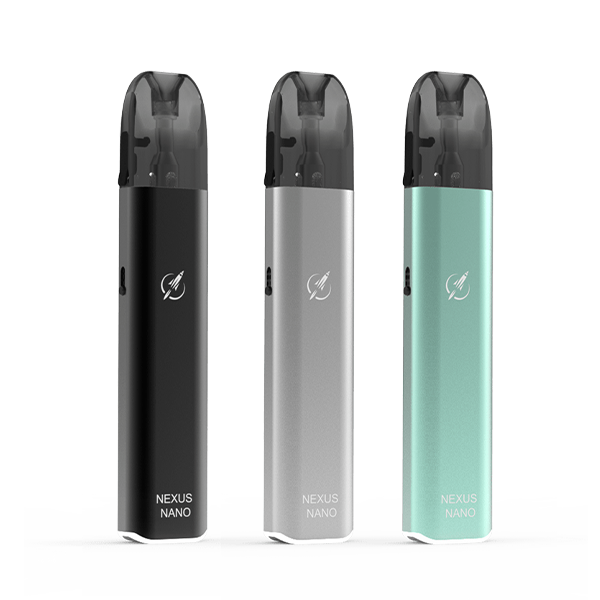5 Essential Facts About Vaping You Should Understand
If you’ve considered quitting smoking, you’re not alone—around 70% of smokers say they want to stop. Quitting tobacco is one of the most powerful steps you can take for your health, as smoking damages nearly every organ in your body, including your heart. Alarmingly, close to one-third of heart disease-related deaths are linked to smoking and secondhand smoke exposure.
Many smokers explore e-cigarettes—also known as vape pens or disposable vaping devices—as an alternative to help ease the transition away from traditional cigarettes. But are e-cigarettes truly a safer option? And do they genuinely help you quit smoking for good? Dr. Michael Blaha, Director of Clinical Research at Johns Hopkins Ciccarone Center for the Prevention of Heart Disease, offers key insights into the Facts About Vaping.

1. Vaping May Be Less Harmful Than Smoking—But It’s Still Risky
E-cigarettes work by heating a liquid containing nicotine (derived from tobacco), flavorings, and other chemicals into an aerosol that users inhale. While traditional cigarettes release over 7,000 chemicals—many known to be toxic—the full chemical composition of e-cigarettes remains unclear. Dr. Blaha notes that vaping likely results in exposure to fewer toxins than conventional cigarettes, but emphasizes that fewer toxins doesn’t mean safe.
Vaping has been linked to serious lung injuries and deaths. By early 2020, the CDC reported 2,807 cases of vaping-related lung injury (EVALI), including 68 fatalities. These incidents primarily involved users who altered their vaping devices or used illicit, THC-containing vape liquids.
Vitamin E acetate—a thickening agent found in many THC vape products—was detected in every lung fluid sample tested from EVALI patients. To reduce risk, the CDC advises against:
-
Using e-cigarettes that contain THC
-
Purchasing vaping products from unregulated sources (such as friends or online sellers)
-
Modifying devices or adding ingredients not intended by the manufacturer
A 2021 Johns Hopkins study identified thousands of chemicals in vape products, most of which remain unclassified. Among those identified were substances like caffeine, pesticides, and potentially harmful flavoring agents.
2. Vaping Poses Risks to Your Heart and Lungs
Nicotine is the main active ingredient in both e-cigarettes and traditional cigarettes. It’s a highly addictive stimulant that can raise blood pressure, spike adrenaline levels, and elevate the risk of heart attacks.
Despite being seen by some as a safer choice, vaping carries unknown long-term health consequences. Dr. Blaha warns that early research shows potential links between vaping and chronic lung diseases like asthma. Additionally, dual users—those who smoke and vape—may face even greater cardiovascular risks.
“There are still a lot of unknowns about what you’re inhaling,” Blaha says. “You’re exposing your body to substances we don’t fully understand.”
3. E-Cigarettes Can Be Just as Addictive—Or Even More So
Both vaping devices and traditional cigarettes deliver nicotine, which studies show can be as addictive as hard drugs like heroin and cocaine. According to Dr. Blaha, some vape users may end up consuming more nicotine than from smoking alone. Many e-cigarettes offer high-nicotine cartridges or allow users to adjust the voltage for a stronger hit, increasing addiction potential.
4. Vaping Isn’t an FDA-Approved Way to Quit Smoking
Although vaping is often marketed as a tool for quitting, e-cigarettes are not approved by the FDA as cessation aids. In fact, studies show that most people who start vaping to quit smoking end up using both products over time.
In light of the EVALI cases, the CDC urges individuals considering e-cigarettes for quitting to first try other proven, FDA-approved cessation methods such as patches, medications, or behavioral therapy.
5. Vaping Is Hooking a New Generation on Nicotine
Among youth, e-cigarettes—especially flavored and disposable types—have become the most widely used nicotine products. According to the 2021 National Youth Tobacco Survey, more than 2 million U.S. middle and high school students reported using e-cigarettes, with over 80% preferring flavored varieties.
Dr. Blaha cites three factors behind vaping’s appeal to teens:
-
Many believe vaping is safer than smoking.
-
Vaping is often cheaper than buying cigarettes.
-
The lack of smoke makes it more discreet and socially acceptable.
“What’s most troubling,” Blaha says, “is that young people who never would’ve smoked before are starting with vaping—and that can lead to traditional cigarette use down the road.”
CDC data indicates that youth vaping declined somewhat during the COVID-19 pandemic, possibly due to increased parental oversight during lockdowns. However, interpreting these trends is complex. Some teens don’t categorize newer disposable products—like puff bars—as e-cigarettes, even though they deliver nicotine.
Since 2019, disposable vape use has surged—up 1,000% among high school students and 400% among middle schoolers.
The Impact of COVID-19 on Vaping Behavior
Early in the pandemic, e-cigarette sales dipped, likely because people were spending more time at home and avoiding in-person retail. But Dr. Blaha notes a disturbing shift: more vape users are now vaping daily.
“The proportion of daily users has gone up significantly,” he explains. “That’s worrying because daily use signals stronger nicotine dependence.”
Smoking and vaping may also worsen the respiratory effects of COVID-19, increasing complications from infection.
Ready to Quit?
Smoking remains a leading cause of cancer and cardiovascular disease. But the good news is that your body begins to repair itself as soon as you stop. If you’re thinking about quitting, speak with your healthcare provider to find the most effective strategy—whether that’s medication, support groups, nicotine replacement, or a combination of tools.
Content reference: 5 Vaping Facts You Need to Know

















